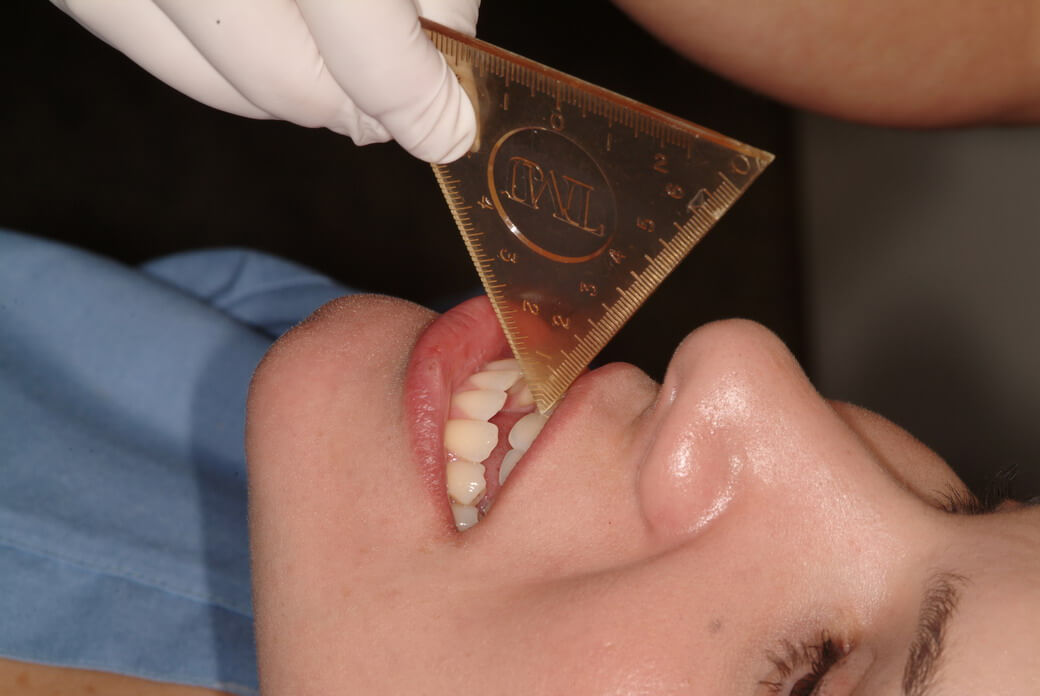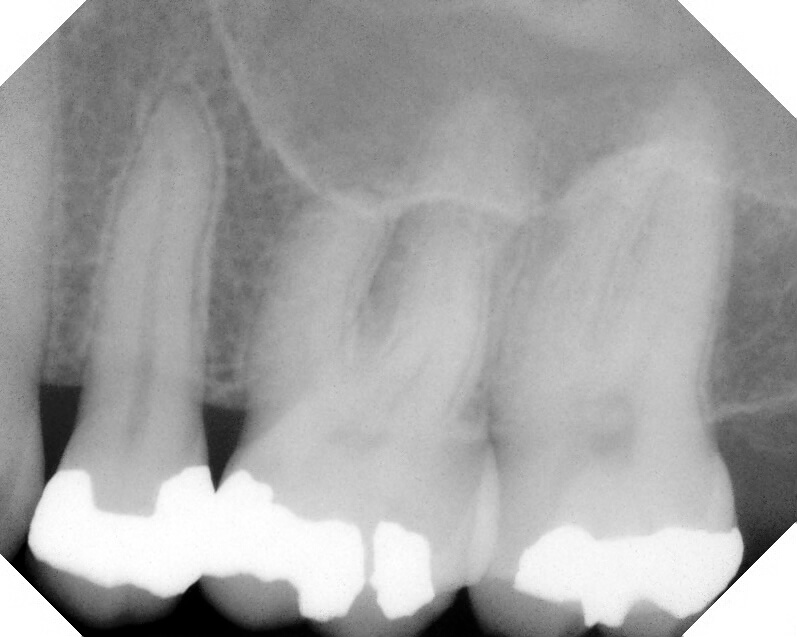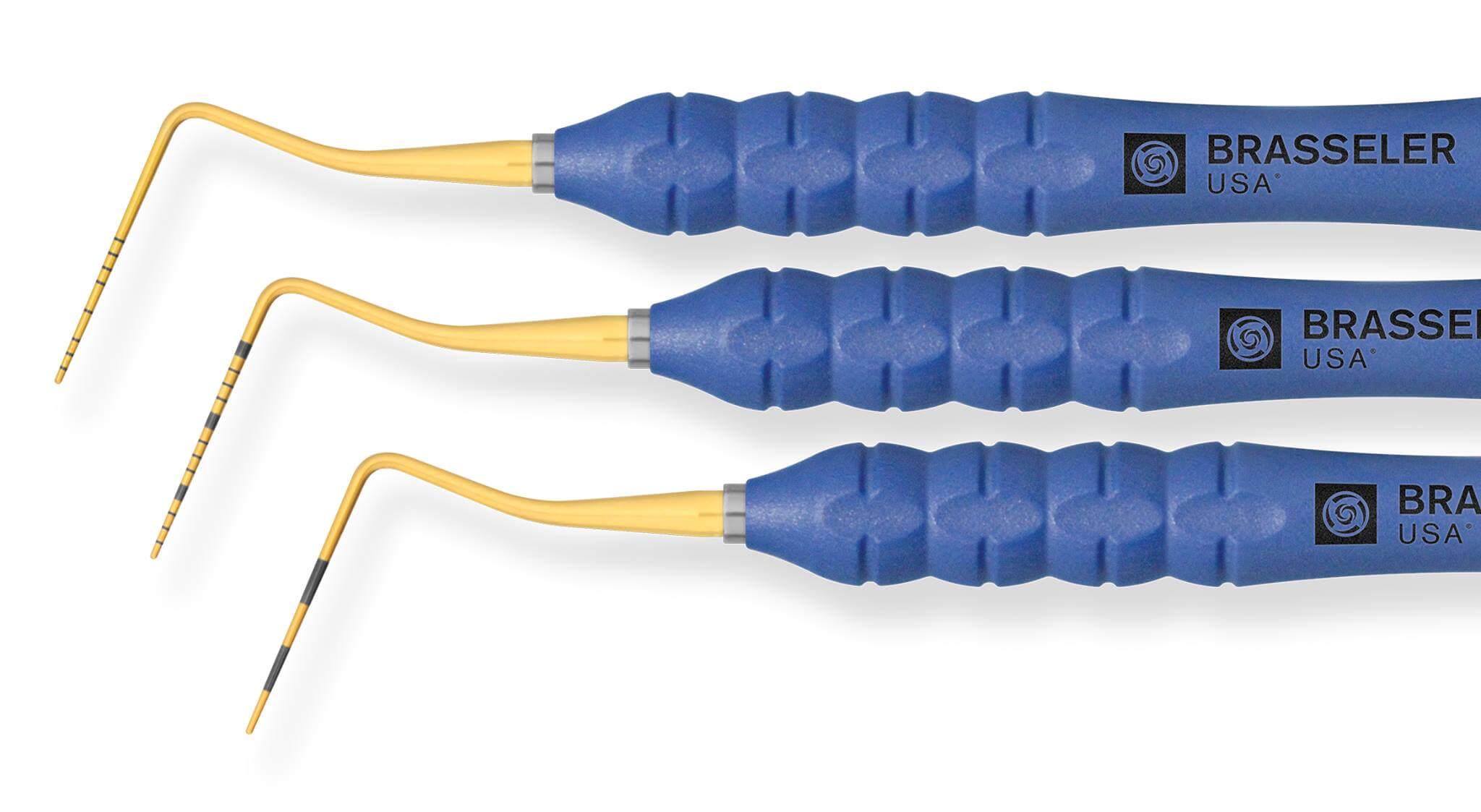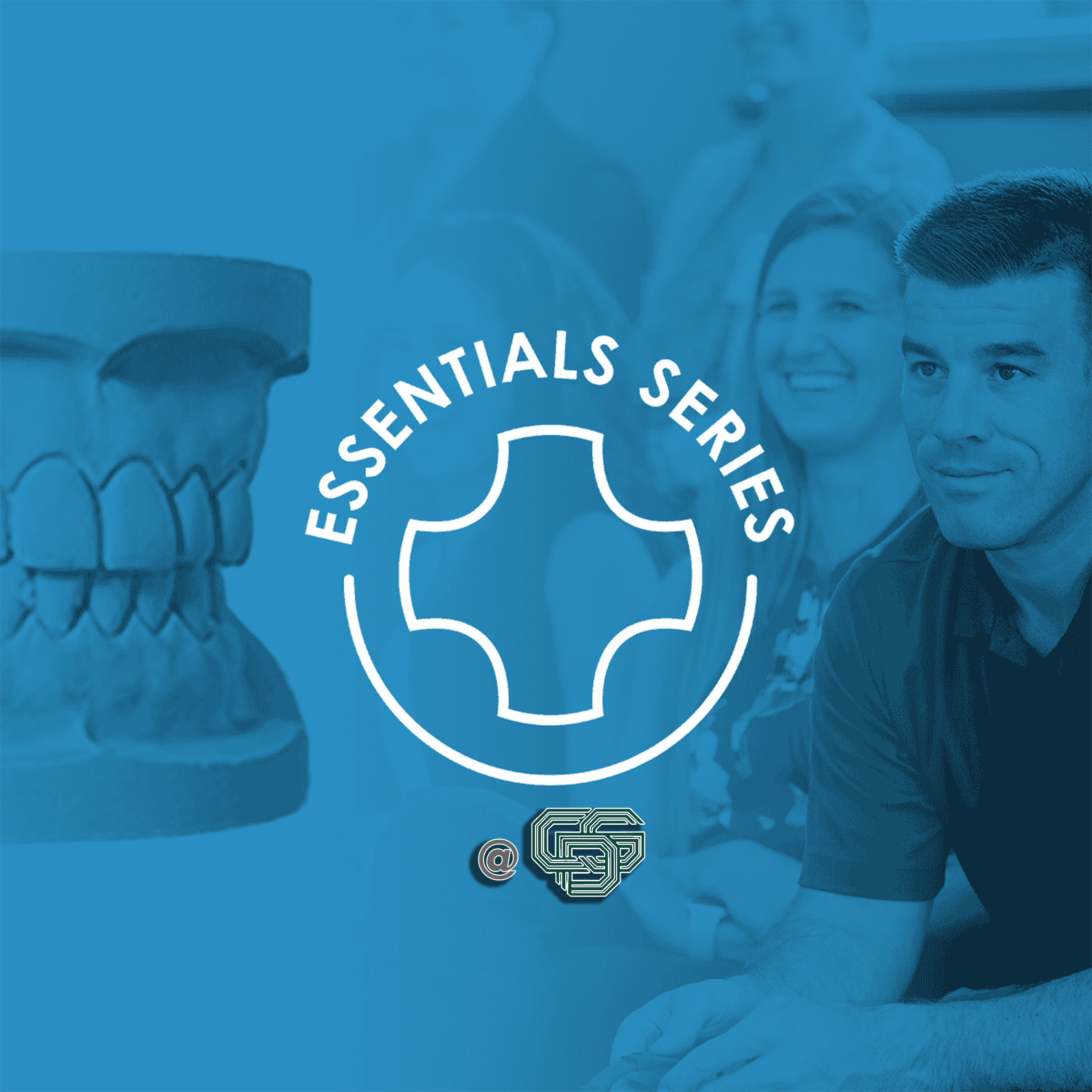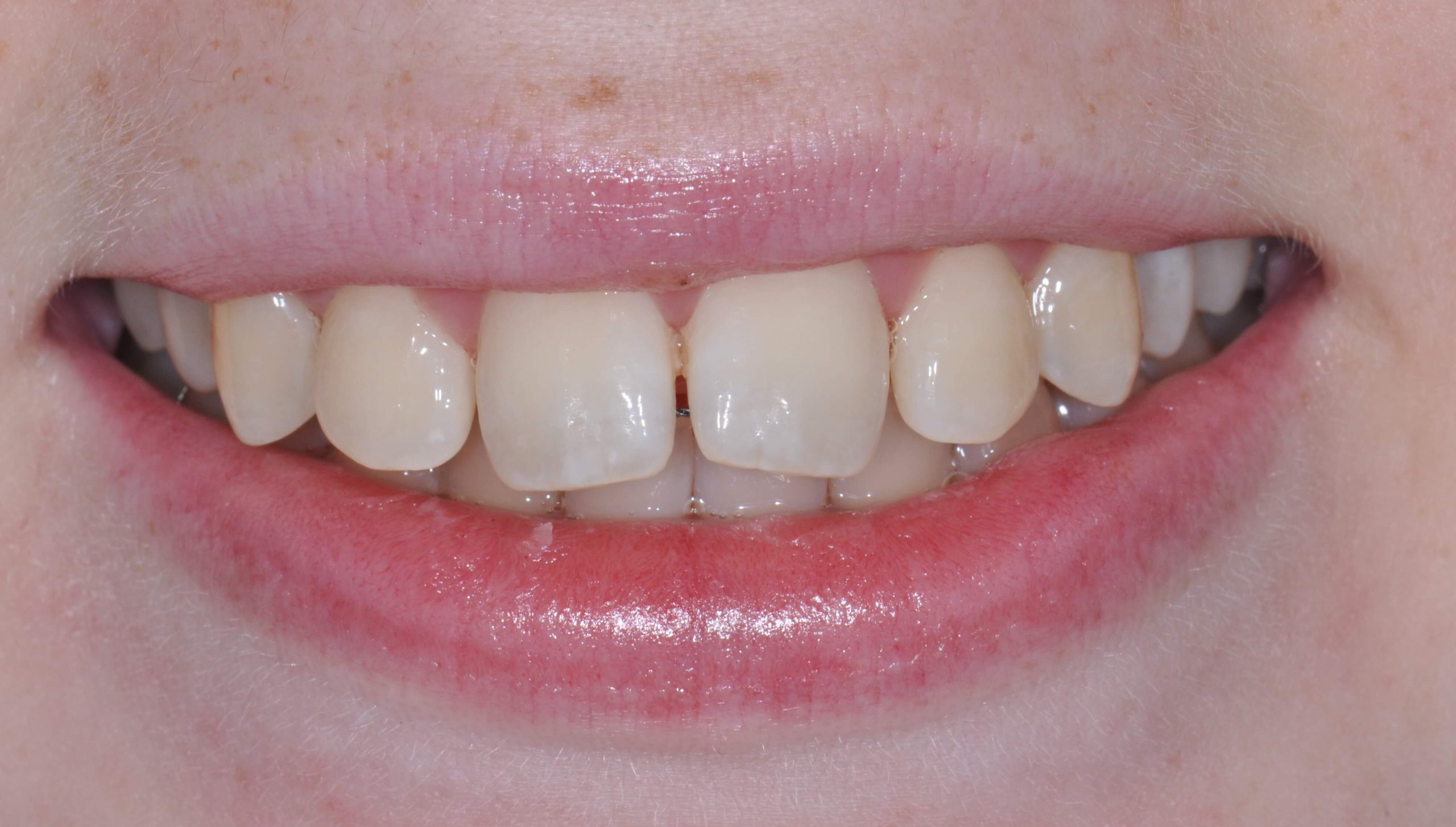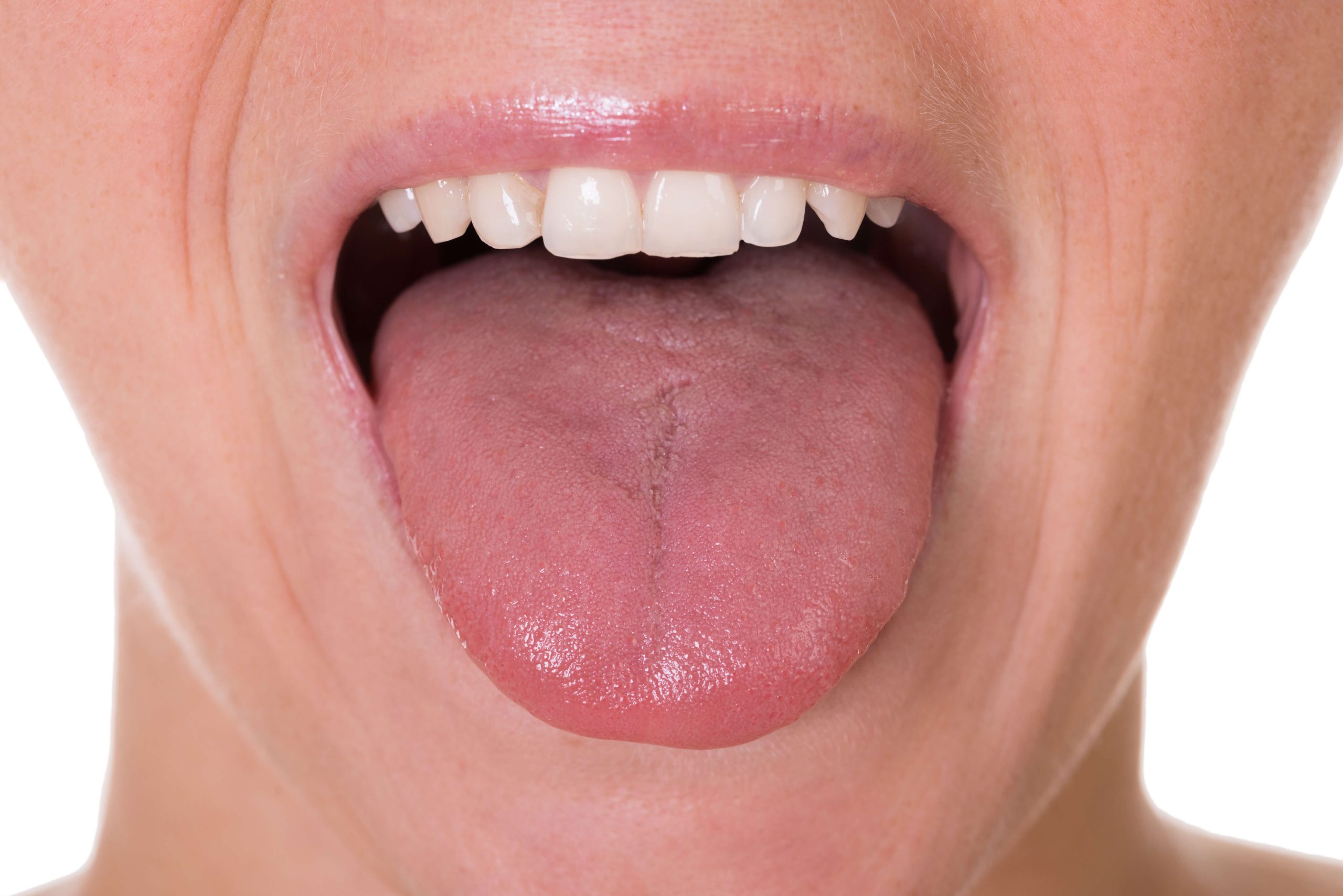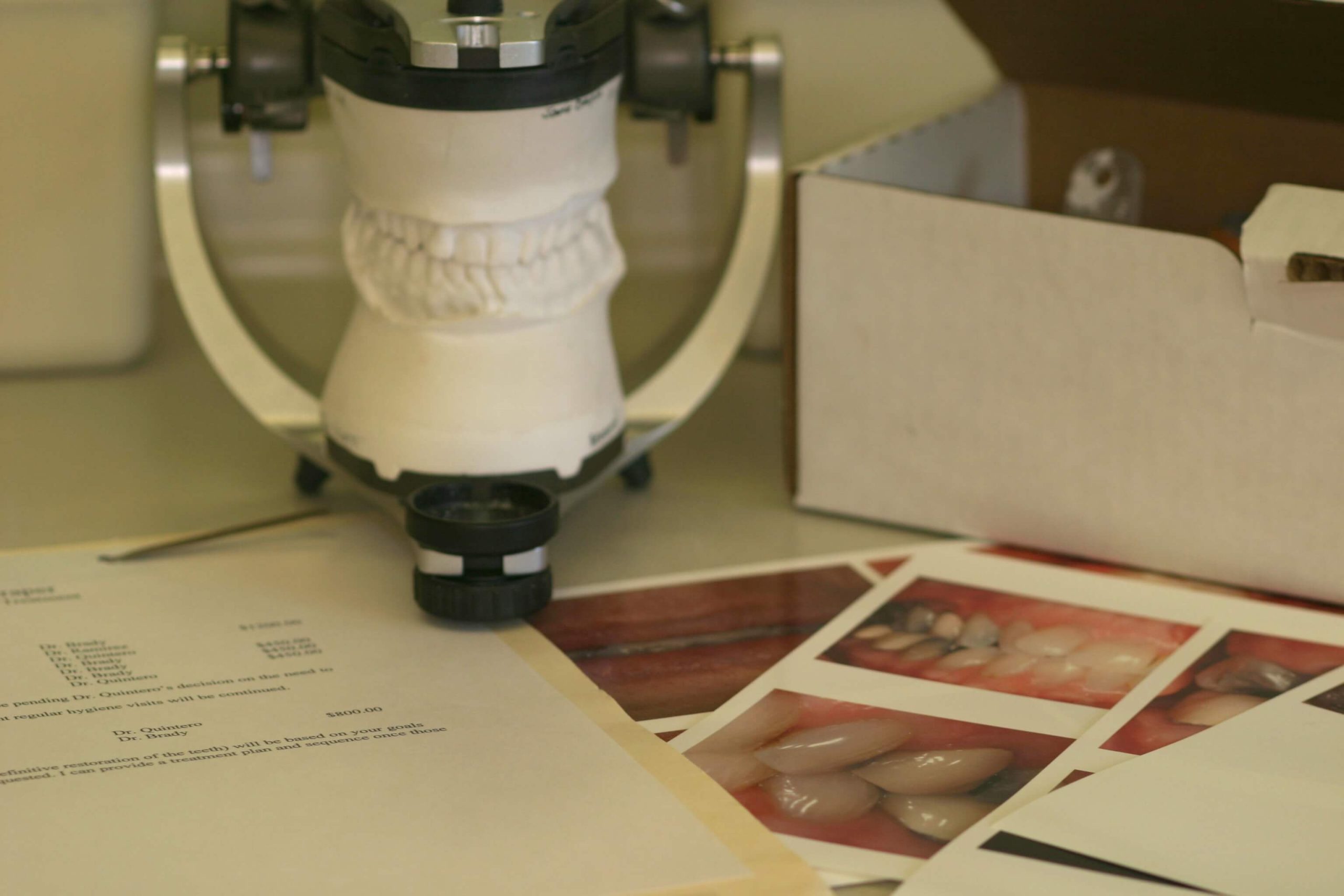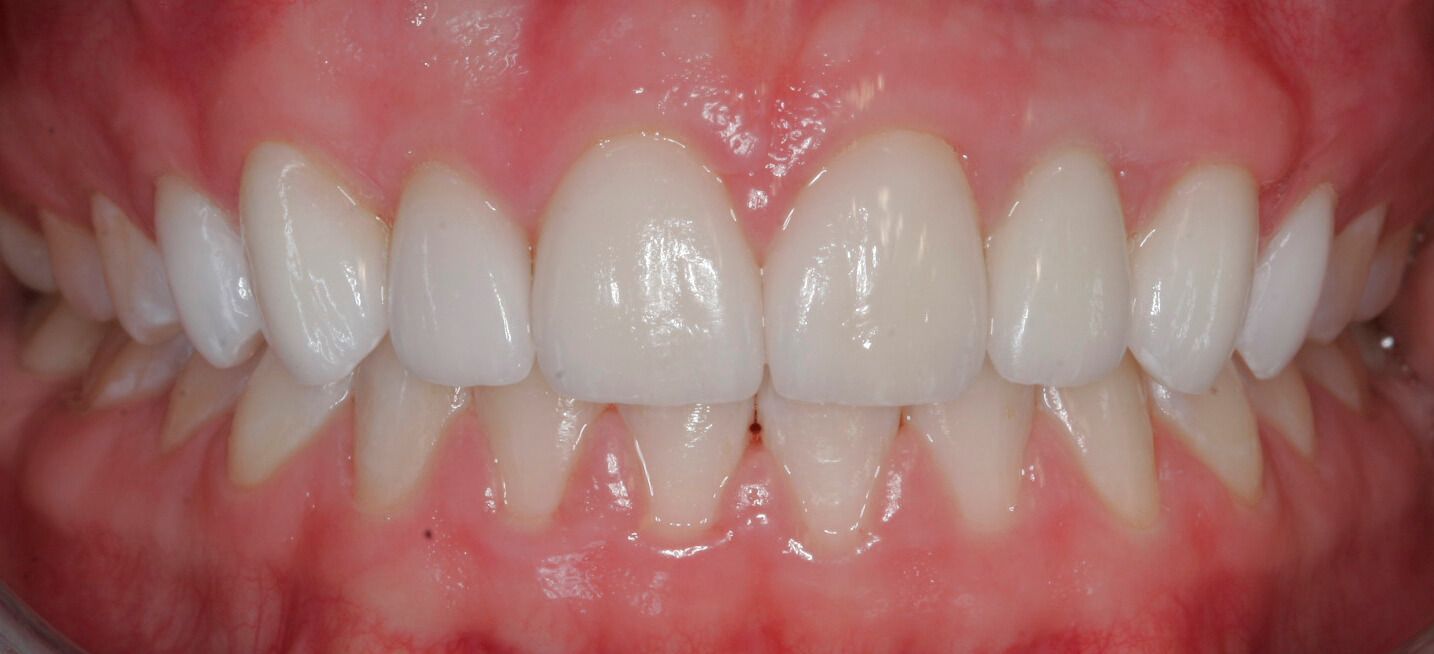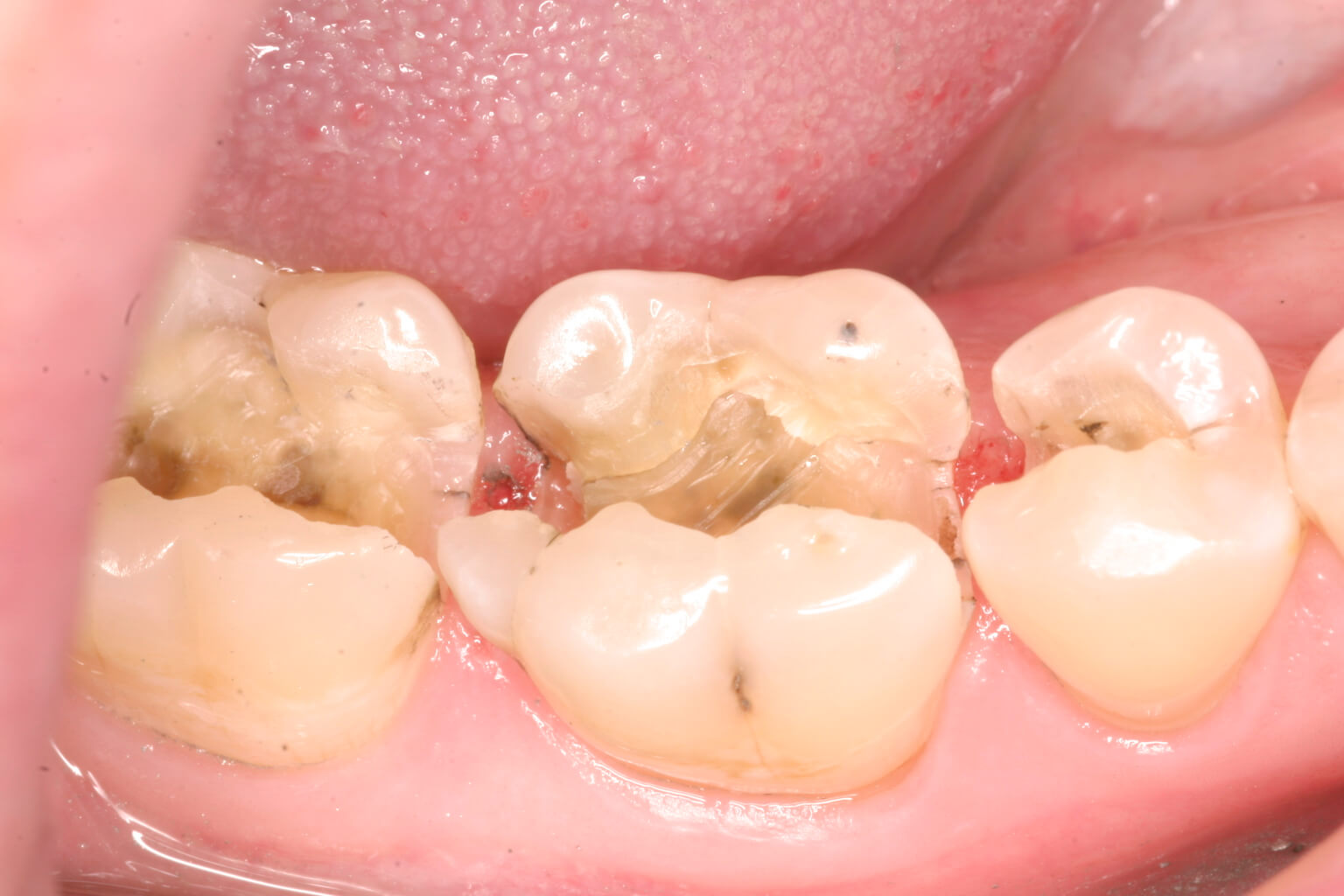Case Acceptance Strategies: Encouraging Understanding and Individualization
Consistent case acceptance is a skill it can take years to develop. Part of the reason it can seem so challenging is that a patient’s true motivations may not be clear from the outset. We have to hone that sixth sense that can tell us what information or guidance would truly speak to a patient.
Two aspects of case acceptance in particular often go ignored because they either seem too obvious or are just not as fun to dive into: offering individualized options and making sure patients understand insurance.
Individualized Options for Case Acceptance
You may think the concept of individualized options is a no brainer, but that isn’t necessarily the case from a patient’s perspective. If you’re willing to provide this extra level of specificity, you can put many ‘maybe’ patients right into the ‘yes’ category.
We accept that car and other big purchases are often paid in installments, so why not do the same with a large investment like dentistry? Offering financing or other piecemeal payment options to patients is a game changer. It also makes comprehensive dental care accessible to a broader demographic. That in and of itself is valuable.
When dealing with patients, break the payment options down into easily understandable terms. Tell them the total fee, but decrease the stress by making it clear that there are different ways they can arrange to pay, including pre-pay, pay as you go, and Care Credit. Using a term like Care Credit is helpful because everyone is familiar with the idea of credit. When they ask for more information, you can lay out the details of payment plans.
Understanding Insurance for Case Acceptance
The real role of insurance is a mystery to most patients. Some may deliberately avoid understanding it because of how convoluted and frustrating it can be. They may have an entitlement mindset complete with the belief that the only healthcare they can indulge in is the kind covered by insurance.
Before you ever even look in a patient’s mouth, my advice is to have the insurance talk in low-stress language. Explain the actual definition of insurance and describe how dental insurance functions more as a maintenance plan. Use analogies to clarify the fact that just like with car insurance, its more of a backup fund than a way to pay for necessary yearly interventions such as a new tire or oil changes.
Related Course
TMD & Orofacial Pain: Managing Complex Patients
DATE: January 29 2025 @ 8:00 am - February 2 2025 @ 1:00 pmLocation: The Pankey Institute
CE HOURS: 37
Dentist Tuition: $ 7200
Single Occupancy with Ensuite Private Bath (per night): $ 345
THIS COURSE IS SOLD OUT TMD patients present with a wide range of concerns and symptoms from tension headaches and muscle challenges to significant joint inflammation and breakdown. Accurate thorough…
Learn More>








